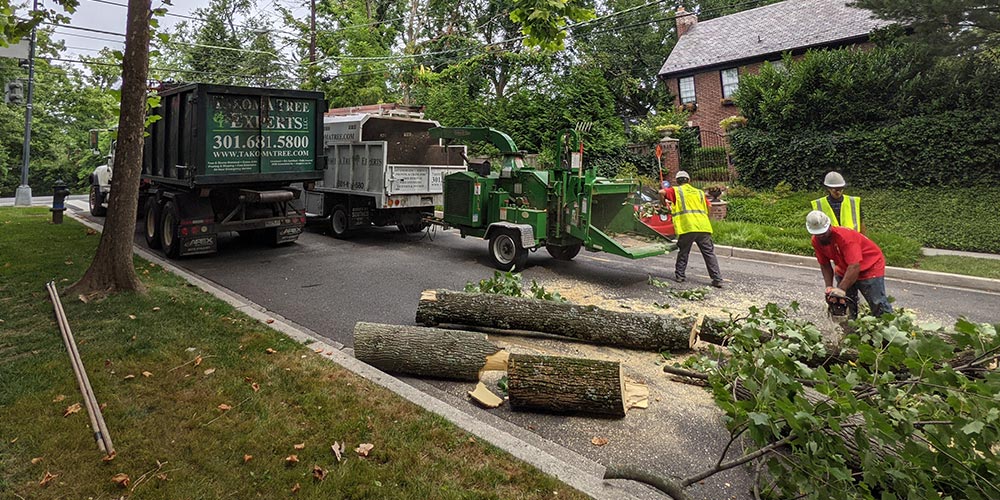
How to Care for Fruit Trees in the Summer
November 30, 2022
Trees are an excellent addition to gardens. They are going to provide fresh elements to attract the eye, a source of shade, and a convenient barrier so you can keep out some noise. It is important that you properly care for trees. Fruit tree care during the summer is important if you want to reap what you sow. Dry and hot summers can impact your trees, especially if they are growing and young.
During these times, it is important to give them human intervention so your trees can grow up healthy. You can try tree storm damage removal if you want to prune your fruit trees in the summer. Here are other tips you can consider:
Water it Often
Fruit trees require water to develop their fruit. You should water deeply and infrequently, instead of frequently but shallowly. Water trees on sandy soils once every 1 to 2 weeks, which provides enough water so that it will sink in 2 feet. If you have clay soils, you should water for 2 to 3 weeks. The frequency is going to vary based on weather conditions. You should water less in rainy periods and more if there are droughts. If you have young trees, you should make a moat around the tree base so the water will stay in the roots, and on older trees, water at the tree drip line.
Apply Fresh Mulch
Applying mulch will provide a lot of help for trees, especially in the root area. It is an excellent way to protect the roots from heat and retain moisture. Proper mulch application is a great way to aid young trees to absorb more water with strong roots.
When you apply mulch, it is better not to use too much. You should use just enough to avoid attracting germs and pests. Each layer should only be about 5 to 10 centimeters. You should leave space between the tree base and mulch as well. You should arrange the mulch to form a doughnut shape around trees to discourage diseases and pests.
Switch Your Fertilizer
Spellman will use specific formulations of fertilizers according to what you want. In the first two or three years after you plant, you should focus on growing trees maturely, not producing fruits. Therefore, you should use fertilizers that consists of a nitrogen (N) level that is twice or thrice higher compared to phosphorus (P) and also potassium (K). You should feed based on the directions written on the bag until the tree will reach a manageable height, which is about 7 ½ to 8 feet. These trees are pruned so they will stay at a certain height, for instance, a peach tree produces around 50 pounds of fruit over the course of two weeks.
Fruit Thinning
Most fruit trees produce more fruit compared to what the tree is able to support. Even if the tree naturally sheds some fruit in the early summer, you might have to thin the fruits. Thinning fruits will eliminate diseased or fruits infested with insects, will reduce fruit load, preventing branches from breaking because of the weight of heavy fruits, and it will not bear fruits alternately which is common on some varieties of fruit trees. You should wait until after the natural drop so you can thin the fruits. The fruits must be about 1 inch in diameter when you thin them. You should leave the largest, and healthiest-looking fruit on the trees.
Prune
You should prune trees regularly so they will live happier lives.
When you need to prune your trees, you can contact tree removal companies Kensington.
